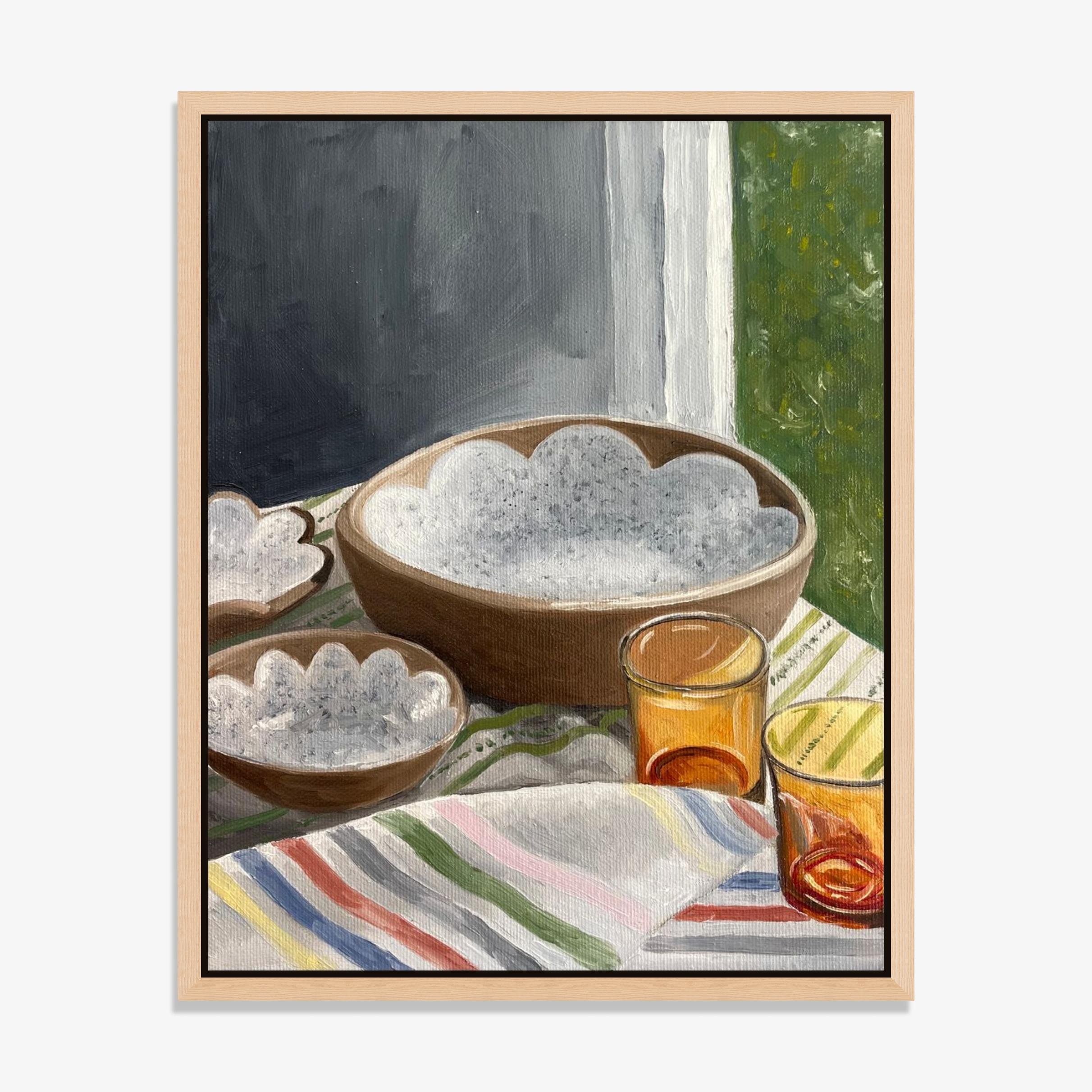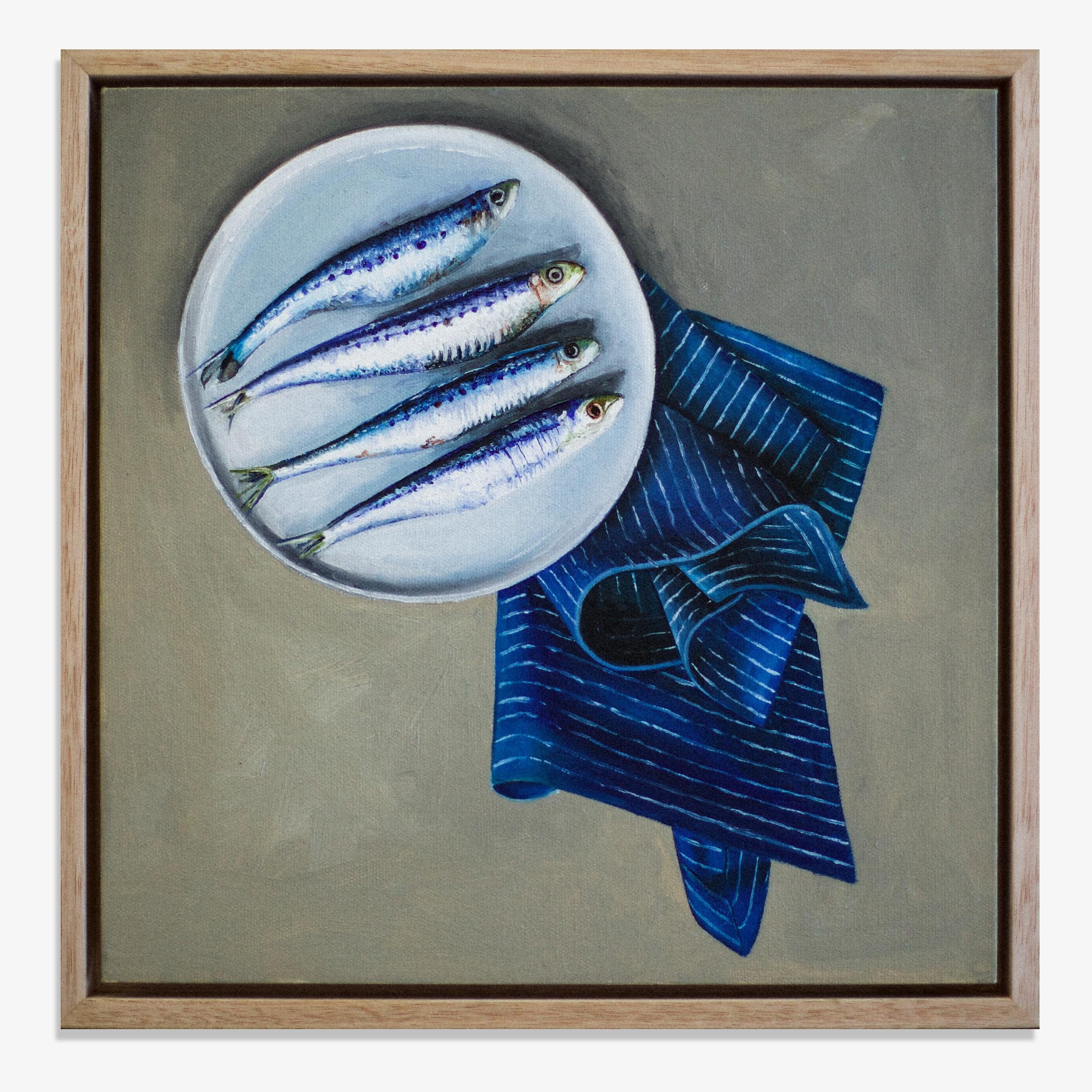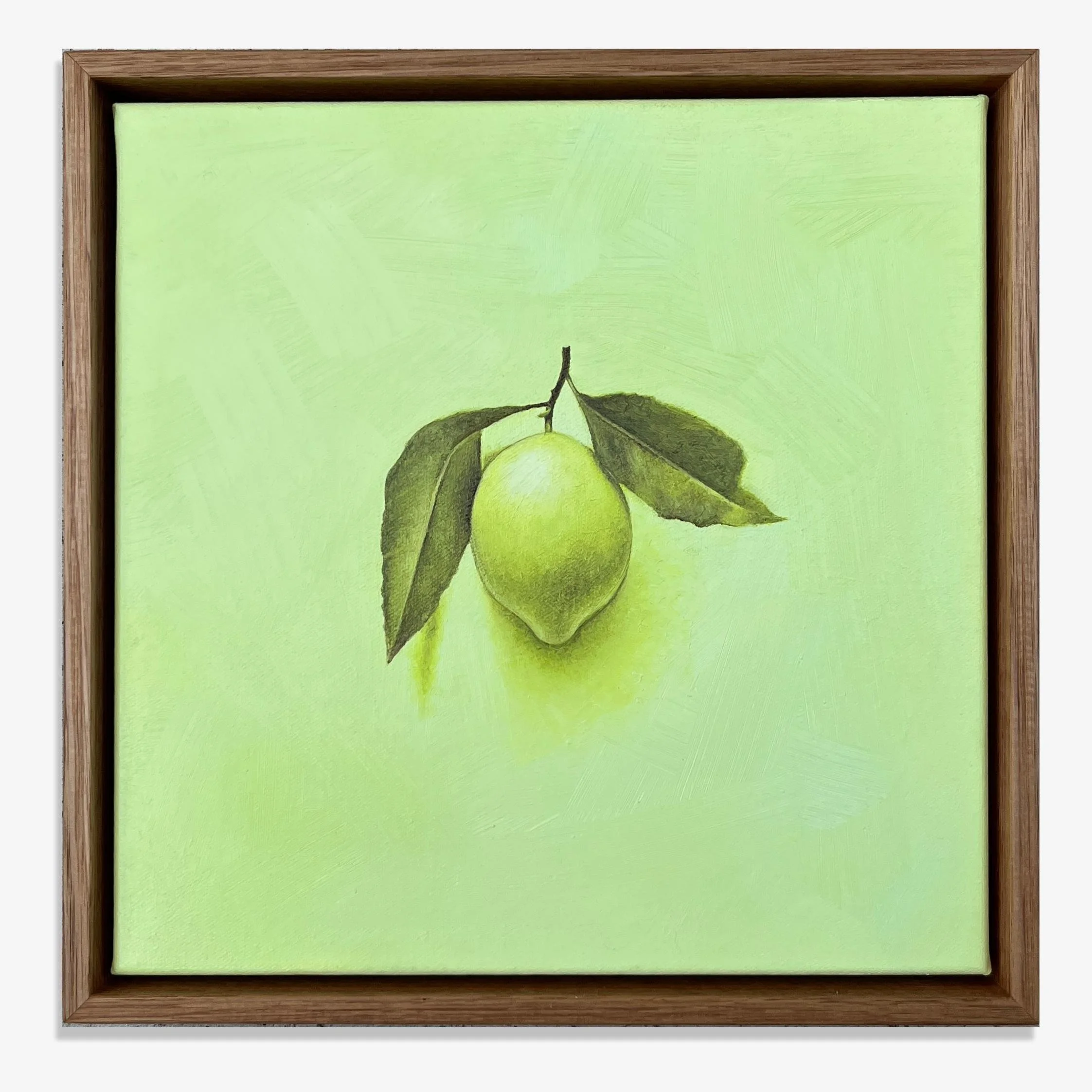What Is Still Life Art?
Still-life art is a creative genre that plays with the aesthetic and symbolic value of inanimate objects, often those we encounter daily. This genre, which gained popularity in the 17th century in the Netherlands, allows artists to play with the placement of objects, crafting stories that can be both personal and universally relatable. The term "still life" originates from the Dutch term "stilleven," which echoes the genre’s tranquil and reflective nature.
The Emergence and Evolution of Still Life Art
The still-life art genre boasts a rich heritage, dating back to the 17th century in the Netherlands. This era saw a significant societal shift in Dutch society, with a burgeoning middle class and a heightened appreciation for art. This societal evolution gave birth to still-life art, a genre that concentrated on portraying commonplace objects.
The term "still life" is a translation of the Dutch phrase "stilleven," meaning "quiet life." This phrase aptly captures the essence of this genre, marked by its serene, introspective nature. Still, life art is centred around the portrayal of the aesthetic and symbolic value of inanimate objects, often those we interact with daily. It provides artists with a platform to manipulate the placement of objects, weaving a narrative that can be both individual and universally understood.
The Versatility of Mediums in Still Life Art
One of the defining characteristics of still life art is its versatility in terms of the mediums used. Artists have used painting, photography, sculpture, printmaking, and combinations to create their still-life works. This allows for a wide range of expressions and interpretations, making still-life art a dynamic and evolving genre.
Painting is perhaps the most traditional medium for still-life art. Artists use techniques such as oil painting, watercolour, and acrylic to bring their still-life compositions to life. On the other hand, photography offers a more modern approach to still-life art. Through a camera lens, artists can capture the beauty and significance of everyday objects uniquely and compellingly. Sculpture and printmaking also provide exciting avenues for still-life art, allowing artists to explore different dimensions and perspectives.
The Symbolism in Still Life Art
Still-life art is not just about the aesthetic appeal of everyday objects. It's also about the profound symbolism that these objects carry. The objects chosen for a still-life painting often have a special meaning. These meanings can be personal, cultural, societal, religious, or philosophical. A simple bouquet of flowers, a set of fishing supplies, or a carefully arranged tea set can provoke introspection and reflection in the viewer. The themes surrounding the artwork often transcend the physical objects depicted, inviting the viewer to delve deeper into the narrative.
Celebrated Still Life Artworks
Several still-life paintings have achieved worldwide recognition for their artistic excellence and the profound messages they convey.
Fede Galizia's Still Life (ca. 1610) is a significant example of the genre, showcasing the artist's ability to imbue everyday objects with extraordinary significance.
Jean-Siméon Chardin's The Ray (1728) and Paul Cézanne's Still Life with Skull (ca. 1898) are other notable works that highlight the deeper meanings often found in still life paintings.
Vincent van Gogh's Sunflowers (F456), painted in 1888, and Claude Monet's Still Life With Melon, painted in 1872, are celebrated for their vibrant depiction of natural objects.
The Enduring Appeal of Still Life Art
Still-life art is a genre that celebrates the beauty and significance of the commonplace. It invites viewers to pause and reflect, find meaning in the mundane, and appreciate everyday objects' aesthetic appeal. Whether through the lens of a camera, the stroke of a paintbrush, or a sculptor's chisel, still-life art continues to captivate audiences with its quiet elegance and profound symbolism.
Still-life art offers a refreshing contrast in a world of noise and chaos. It encourages us to slow down, to appreciate the beauty in the ordinary, and to find meaning in the seemingly mundane. It's a genre that continues to evolve and adapt, reflecting the changing times and societal norms. But at its core, still-life art remains a celebration of the quiet, contemplative beauty of everyday life.



